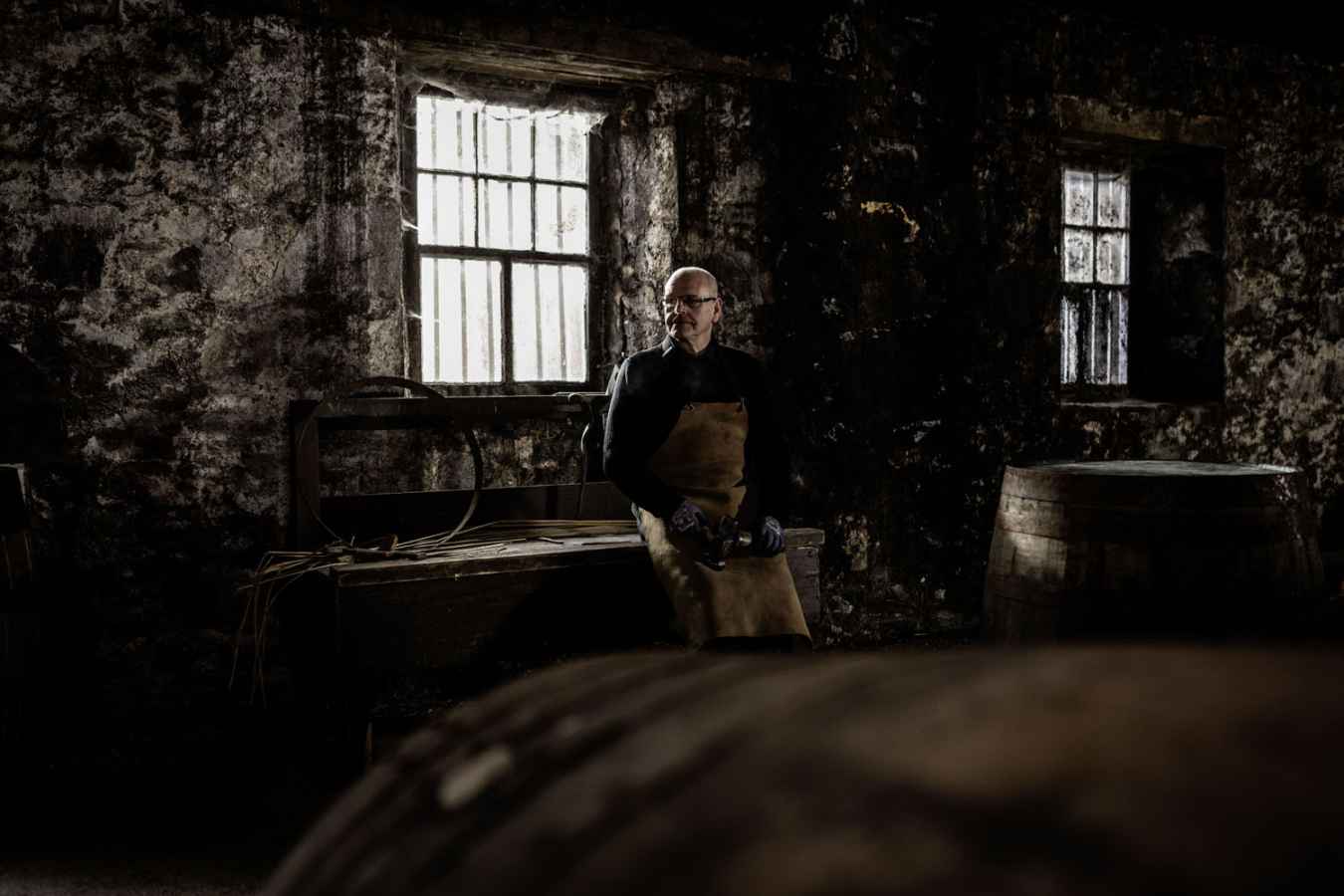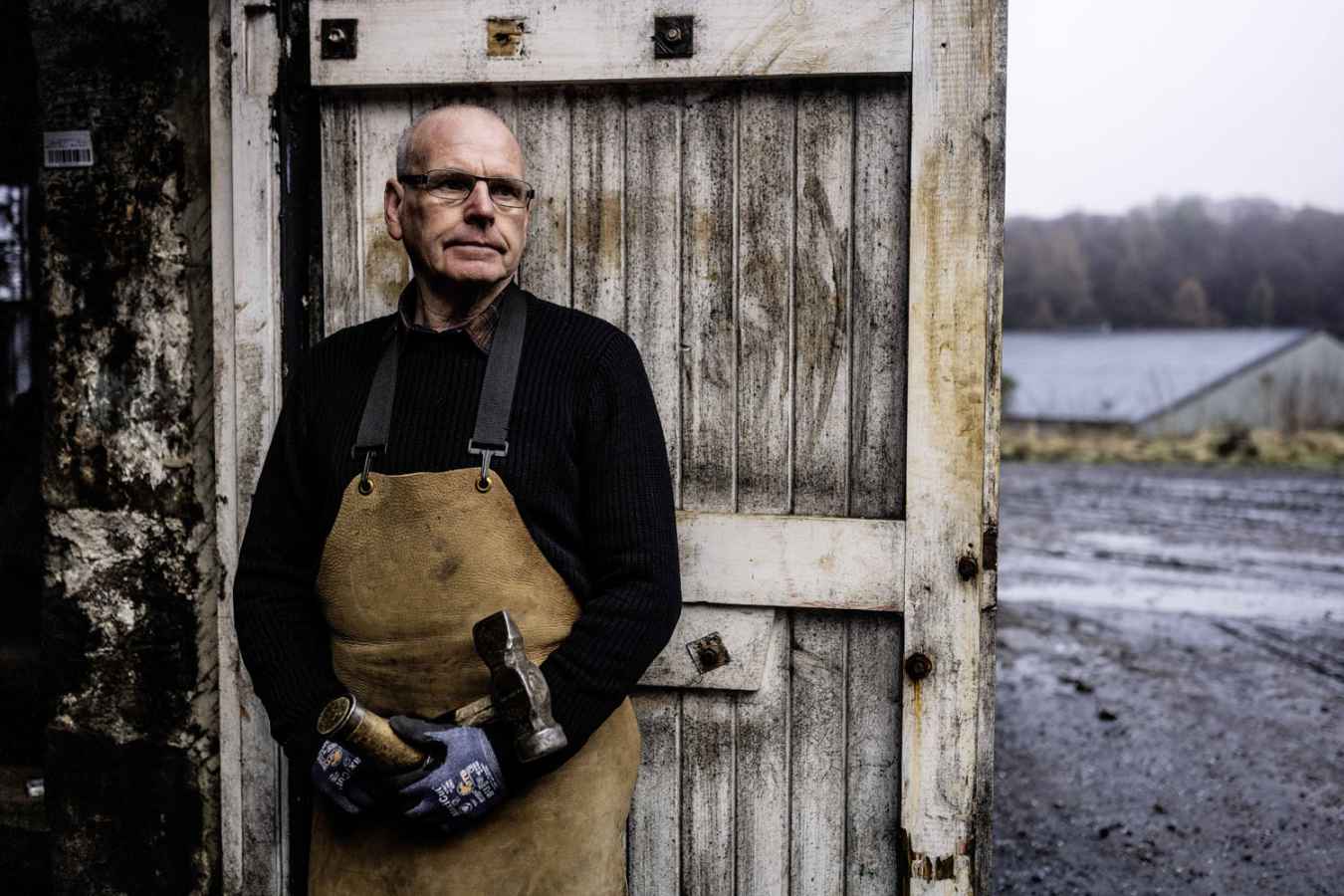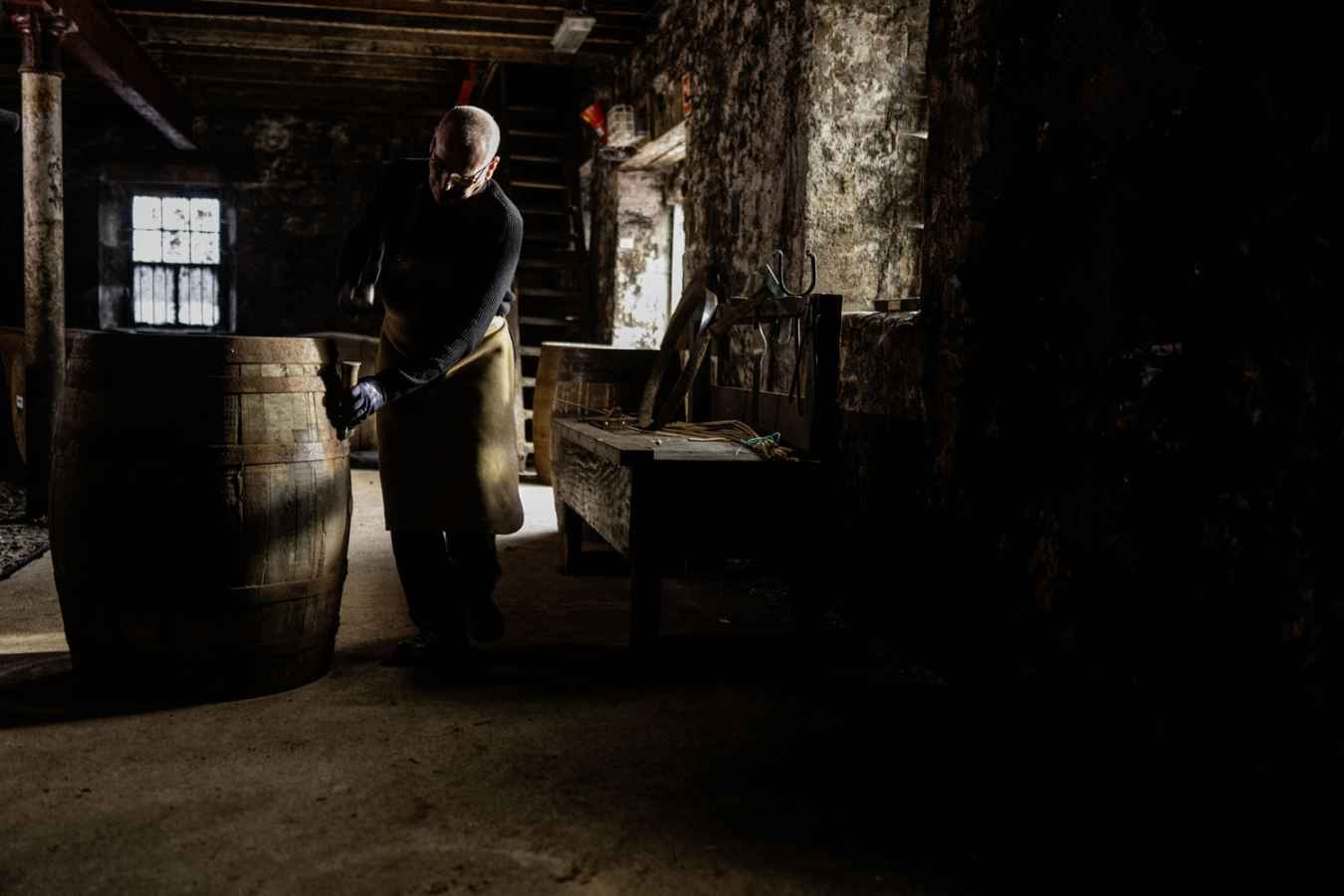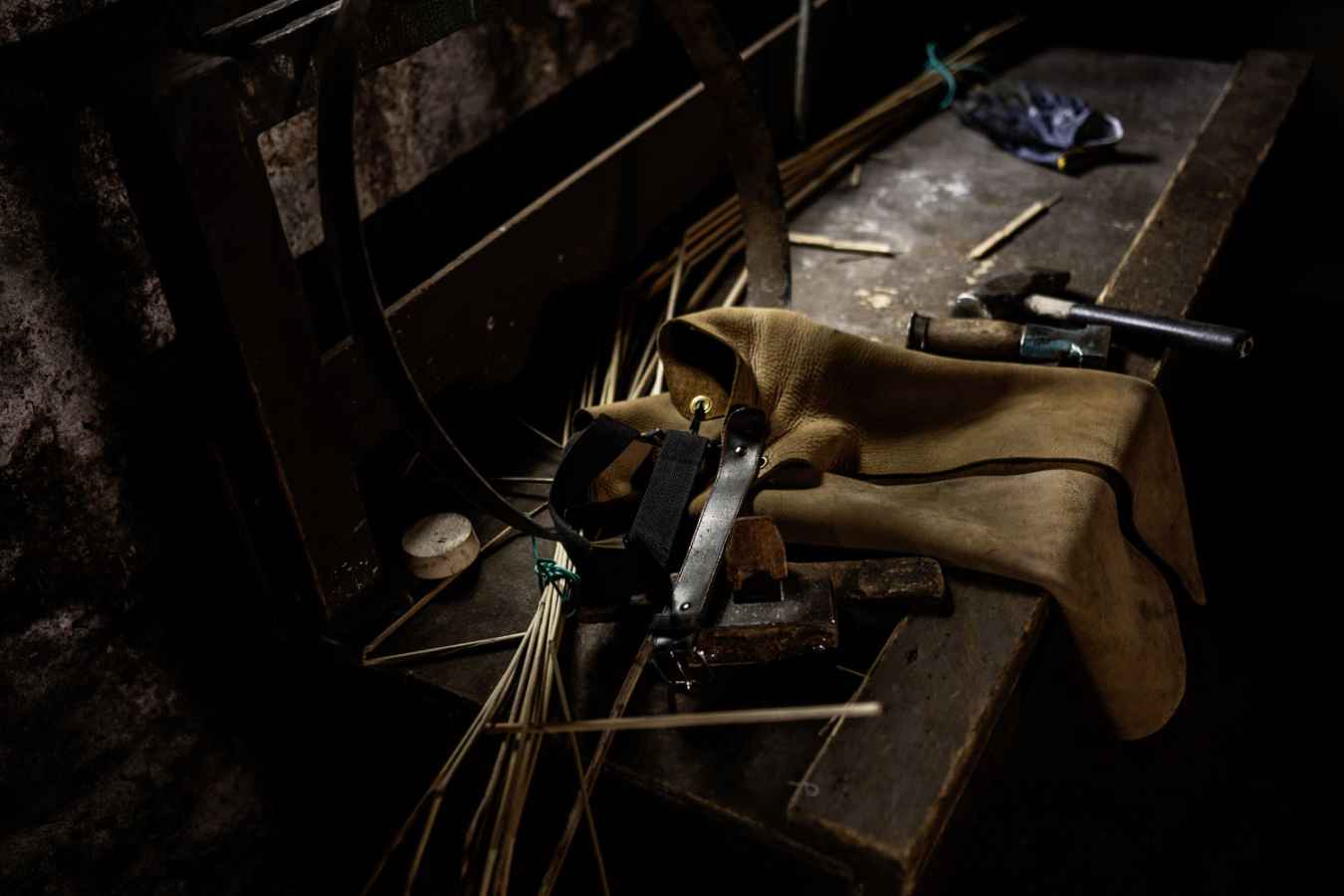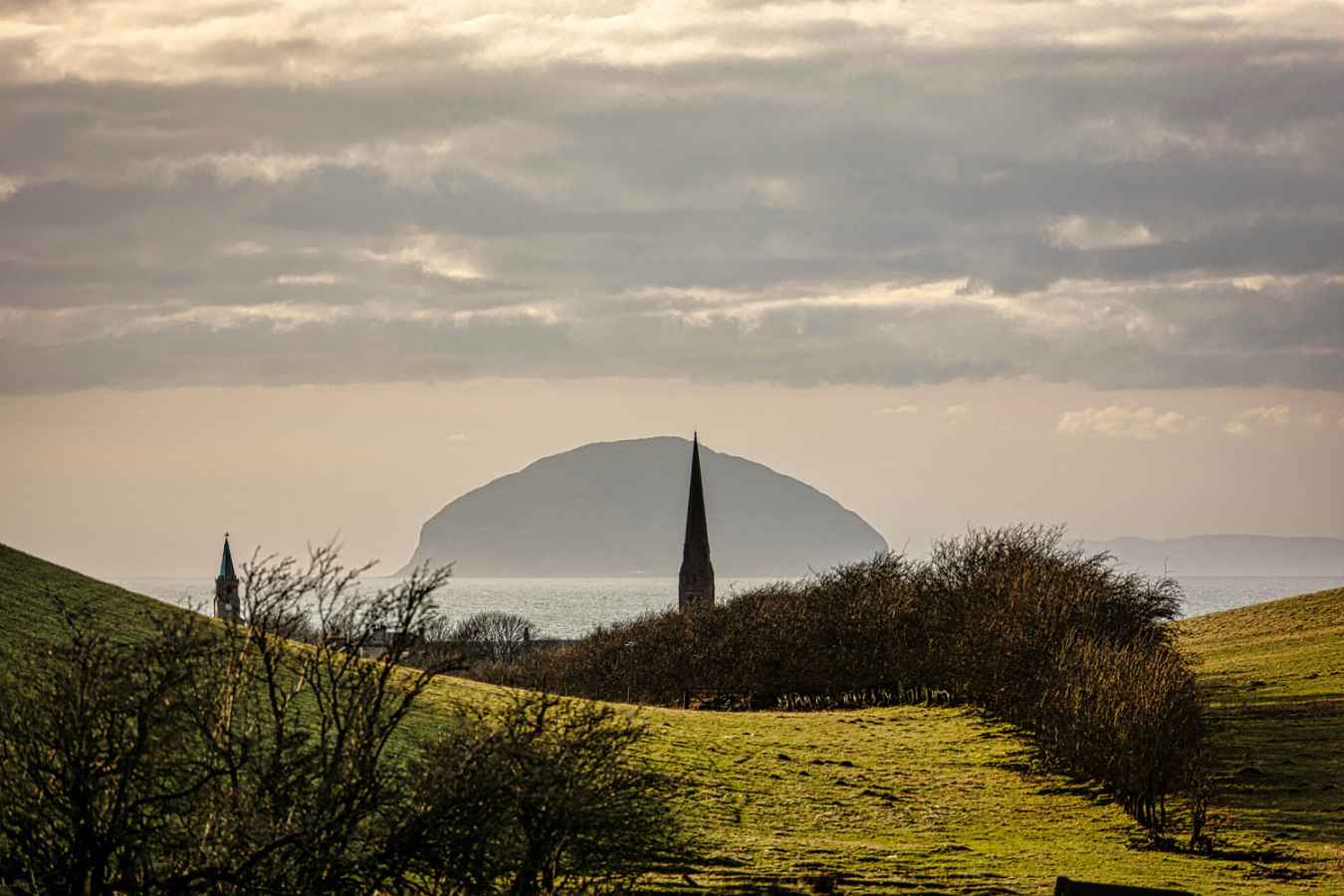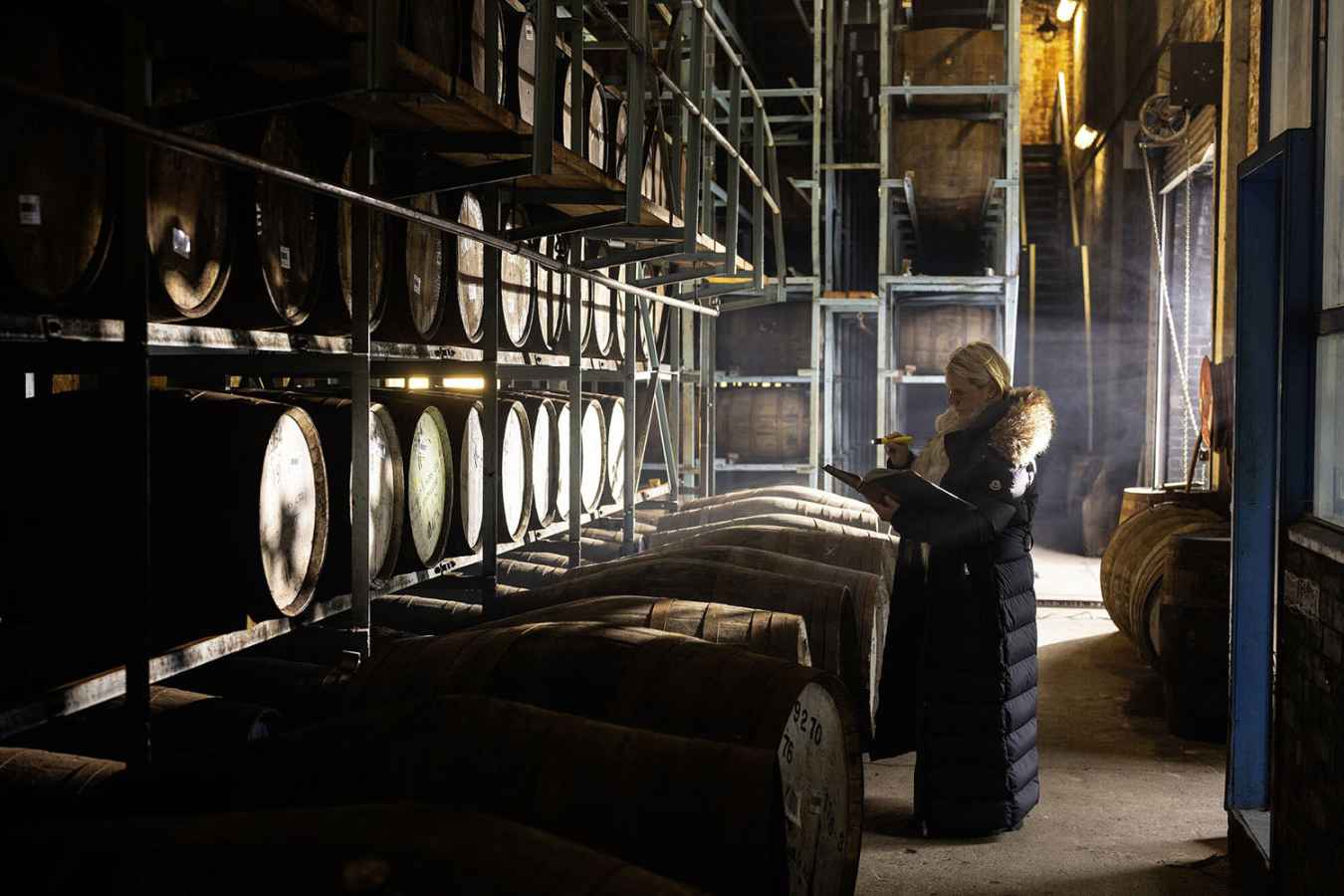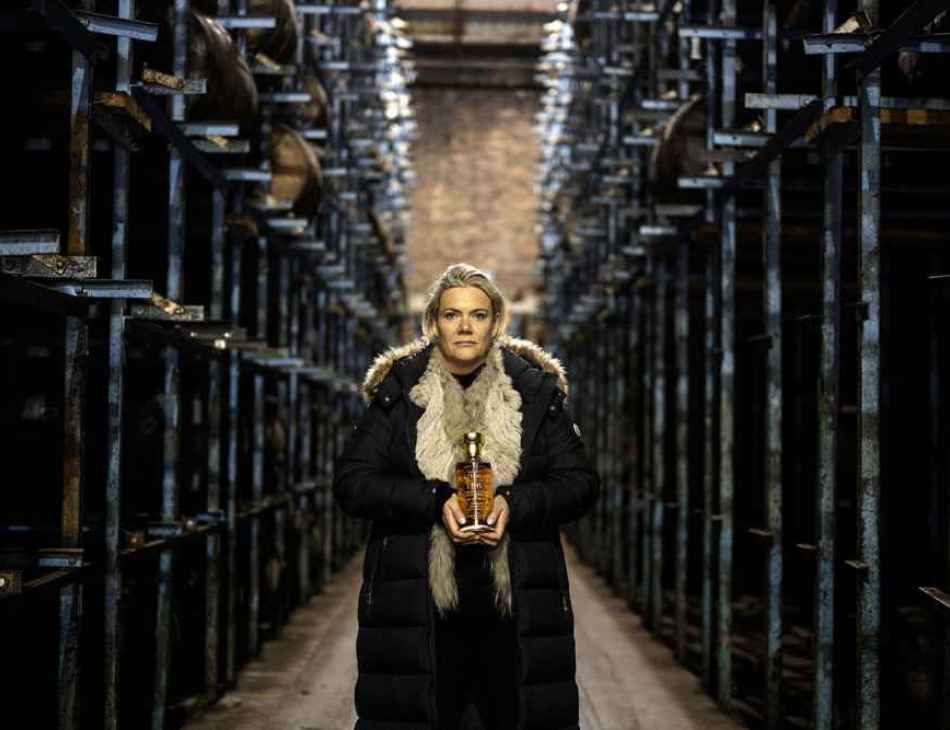Foundations of a Legacy: Girvan and the Hazelwood Story
Kirsten Grant-Meikle
Something very exciting is on the horizon - an exceptionally rare bottle of whisky being released by The House of Hazelwood. I’ll be publishing more about it soon, but first, I wanted to provide some background to show just how important the Girvan distillery is to the brand. Girvan is not just a grain distillery - it’s the silent powerhouse behind the remarkable whiskies in the House of Hazelwood collection. As you’ll see in my next article, their latest expression reaches deep into Girvan's past and looks far into the future. I thought it would be a good time to explore why Girvan matters and why its importance can’t be overstated.
In the still, coastal hush of South Ayrshire, not far from the crashing waves of the Firth of Clyde, sits one of Scotland’s most quietly influential whisky distilleries. Girvan. It’s a name known to industry insiders, but not often spoken of by the broader public.
Hidden from view, Girvan is more than just one of Scotland’s largest grain whisky operations, it’s the heart of House of Hazelwood. Most of the whisky in the House of Hazelwood collection begins here, quietly maturing in the vast warehouses that line this coastal stretch. While the label celebrates rarity and long-aged finesse, its story is one of scale, strategy, and patience. Visiting Girvan, as I recently had the rare chance to do, is like stepping into the engine room of modern Scotch whisky.
Unlike the romantic, photogenic distilleries nestled in the Highlands and on the islands, Girvan is not built for postcards. It’s built for performance. A sprawling, high-capacity site, it is one of only seven grain distilleries in Scotland, yet it carries an outsized responsibility: fuelling not only William Grant & Sons’ own brands, such as Grant’s, Clan MacGregor and Hendrick’s Gin, but also producing spirit for external companies, including those with their own grain facilities. In 2023 alone, the site filled 750,000 casks and emptied around 500,000. That scale of cask management, coupled with between 6,000 and 7,000 tanker movements annually, places Girvan among the most critical infrastructural sites in the whisky supply chain.
The distillery was born out of necessity. In 1963, following a rift with the powerful Distillers Company Limited (DCL), the Grant family broke away and commissioned a new site to supply grain spirit independently. Charles Gordon led the charge. Within nine months, Girvan was designed, built, and running - with a working Coffey still installed before the year’s end. It was an audacious project, especially for a family business. It’s said that Charles cycled around the vast site daily to inspect progress.
That urgency hasn’t faded. From the original 64-acre blueprint, the site has expanded to encompass additional farmland and coastal plots. Today, the footprint is closer to 140 acres and continues to grow as the company acquires strategic parcels in the surrounding area. In an industry built on long-term planning, Girvan has become a master in future-proofing.
At full stretch, Girvan currently produces around 115–122 million litres per year through its five column stills. The latest construction project, a vast modular expansion due for completion in Q1 2026, could eventually double that figure. Built as a full-footprint structure and split into 30-million-litre brewing modules, the facility could reach 240 million litres annually if running at full capacity. One of the new stills alone will produce 80 million litres a year, making it the largest Scotch whisky still ever built.
But this is not simply about volume. Girvan’s column still system is designed for high efficiency, high purity and high consistency. Each element, from cereal intake and milling to fermentation and distillation, is managed on-site. Raw materials arrive by ship or road, including maize, wheat, and other grains sourced from both the UK and continental Europe. In earlier years, imports arrived from Scandinavia, France, and the United States via the now-defunct Girvan harbour.
At the centre of this ecosystem is the on-site innovation hub, a pilot plant used to test new recipes, production tweaks, and process efficiency. While traditional distilleries tweak flavour through fermentation length or cask finishing, Girvan runs like a laboratory: measured, repeatable, and open to iterative change.
The site’s warehousing operation is equally staggering. With over 67 warehouses across several locations, including those visible from the road and others hidden in surrounding valleys, Girvan is home to more than 4 million casks. Individual warehouses range from 45,000 casks (the “babies”) to 112,000 (the “big ones”). The site includes palletised and traditional dunnage storage, offering flexibility for different spirit profiles and customer requirements.
The maturation grounds sweep right down to the Ayrshire coast. Aerial images show just how close this industrial latticework sits to the sea. On any given day, the distillery is maturing stock for its own brands, but also for blending partners across the whisky world. In an industry increasingly conscious of supply chain fragility, Girvan’s warehousing is a strategic asset.
All of this feeds into a bigger picture, because it’s not just volume or efficiency that defines Girvan, but legacy. And nowhere is that more evident than in the rarest stocks set aside over decades, which emerge under the House of Hazelwood label.
During my visit, I saw barrels that date back to the 1960s. These are clearly not destined for blends, but for high-end releases under the House of Hazelwood label, a project that celebrates aged grain whisky and quietly showcases the rarest stocks within the William Grant estate, which have been laid down by the Gordan family for decades.
Adjacent to the warehouses, the site’s cooperage is a world unto itself. Over 100,000 casks are repaired here every year, and between 15,000 and 60,000 of those are fully rebuilt by a team of in-house coopers. It was an honour to meet Ian McDonald, who has unparalleled experience in the cooperage, and to see him work on the casks.
This is not a role for general contractors or short-term hires. It’s a profession steeped in skill, patience, and experience. Many of the coopers have spent their entire working lives on site, each keeping their own personal tools. Ian proudly showed us a piece of equipment he had used for over 40 years. The metal had worn thin, its handle smoothed by decades of use, but it still performed the job flawlessly. In an industry increasingly shaped by stainless steel and software, this was a reminder that some parts of whisky are still made by hand, by people, with the same tools their mentors used.
Girvan isn’t just one of the largest producers of grain whisky, it’s also one of the most energy-conscious. In 2008, the site implemented an anaerobic digestion system to convert spent grain and yeast into biomethane. Today, it stands as one of the largest biomethane producers in Europe. The gas is used in several ways: to power engines generating electricity (Girvan is a net exporter to the National Grid), to fuel branded trucks transferring goods between facilities, or to be injected directly into the gas grid.
Quietly developed, the initiative isn’t just about cutting carbon, it’s about rethinking waste. A byproduct that once went to farmers as low-cost feed now contributes directly to the distillery’s energy independence. Girvan has also been experimenting with carbon dioxide capture, aiming to repurpose it for commercial applications, including (potentially) sustainable aviation fuel.
Despite the environmental benefits, the company resists marketing itself as “green.” As one veteran staff member put it: “We don’t shout about it. It just quietly happens.” That ethos is perhaps the most telling thing of all. In an age of performative sustainability, Girvan’s renewable programme is all action, no hype.
From 1965 to 1975, Girvan housed its own malt whisky distillery on site, Ladyburn. Built as part of a diversification strategy during a time of growth, Ladyburn produced single malt destined largely for blends. But it was short-lived, closed after just a decade and demolished by 1976. Bottles are now highly sought-after, with limited releases surfacing only occasionally.
The site’s current malt whisky output comes via Ailsa Bay, a relatively recent addition built adjacent to the grain operation. While technically a separate distillery, it benefits from shared infrastructure.
Perhaps most remarkable of all is the team itself. There’s a loyalty here that’s hard to fake. Many of the staff have worked at Girvan for decades, often starting young and staying through to retirement. In a world of corporate churn, it’s rare to find a site where people know each other not just as colleagues, but as friends. “This is a close-knit team,” one manager said. “Some of us have spent our whole working lives here. You see people grow up through the place.”
That deep-rooted camaraderie shapes the site’s operations as much as the stills and silos do. It’s a people-powered plant, in the truest sense.
Girvan is not open to the public. There’s no visitor centre, no café, no tasting room. But behind those closed doors lies a distillery that shapes the industry more than most single malts ever will. William Grant & Sons remains a family-owned company, and that ownership model allows them to think generationally. The expansion underway is not a five-year plan - it’s a 50-year investment.
Charles Gordon and generations since have had the foresight to set aside barrels for the future. These are now emerging under the House of Hazelwood collection (named after the family's Speyside home, Hazelwood House). “First Drop”, for instance, comes from the very first distillate off the Girvan stills on Christmas Day 1963. That cask was set aside by the family and is now part of the House of Hazelwood range. Others, like “The Long Marriage” or “Cask Trials”, highlight experiments and long-term maturation that would have been impossible without decades of planning. Every bottle in the range comes from parcels so rare and so old, they have no equivalent on the market today.
Girvan may be the most influential distillery you’ve never heard of. And in the world of rare Scotch whisky, that silence speaks volumes.

